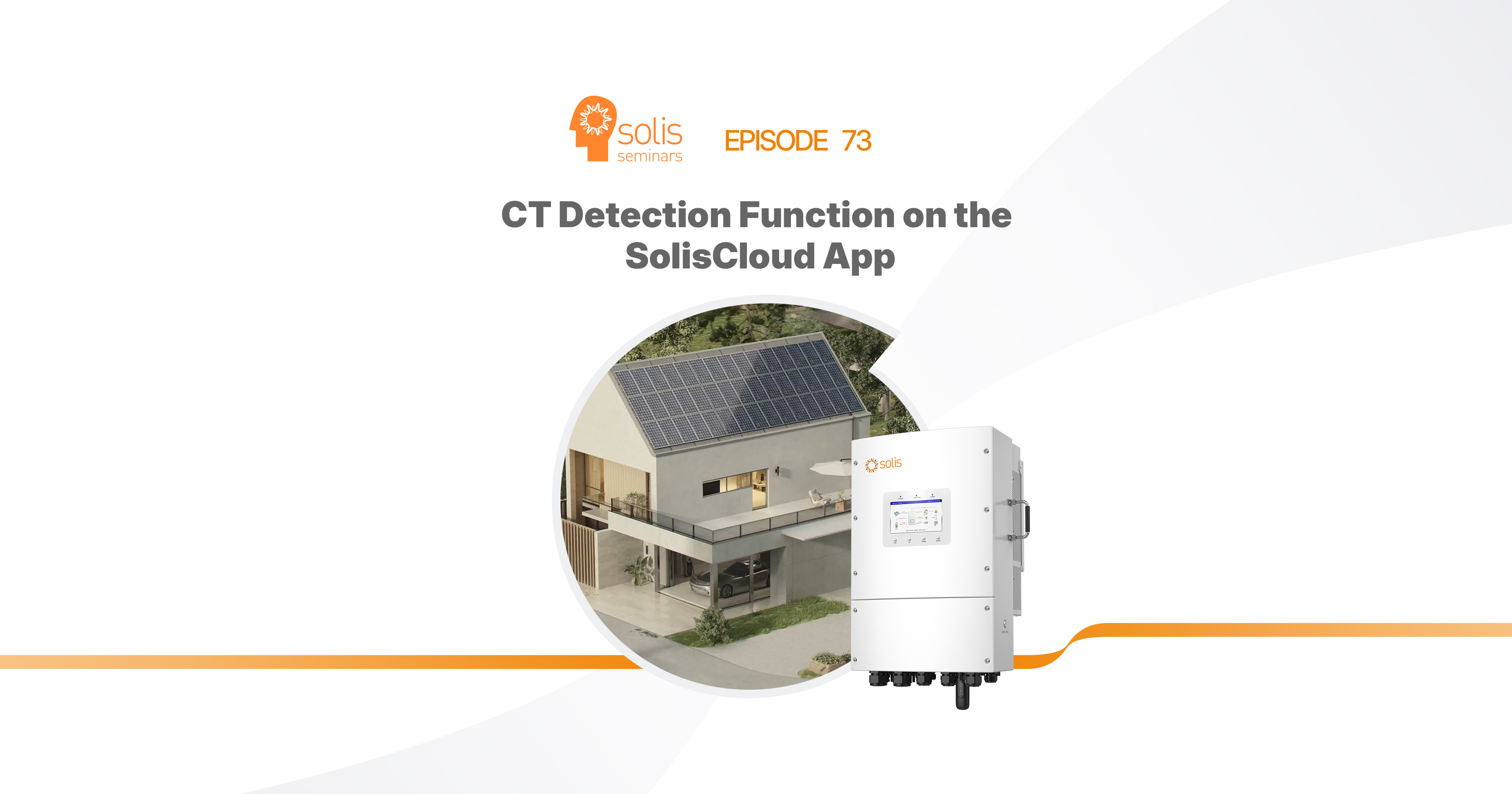Download
As energy prices continue to fluctuate, homeowners have an opportunity to take control of their electricity bills by using dynamic tariffs. When combined with smart home energy management, these flexible pricing systems can help you save money, use energy more efficiently, and even earn a little extra from your solar setup. Here's how it all works — and how Solis makes it even easier.
What Are Dynamic Tariffs?
Unlike traditional energy pricing where you pay a fixed rate, dynamic tariffs change throughout the day based on real-time energy market conditions. Prices can shift every hour — or even every 15 minutes — depending on supply and demand.Because of this, electricity tends to be more expensive during peak demand times (like early evenings) and cheaper when demand is low (like at night or midday when solar energy is abundant). The idea is simple: use less energy when it's expensive, and more when it's cheap.
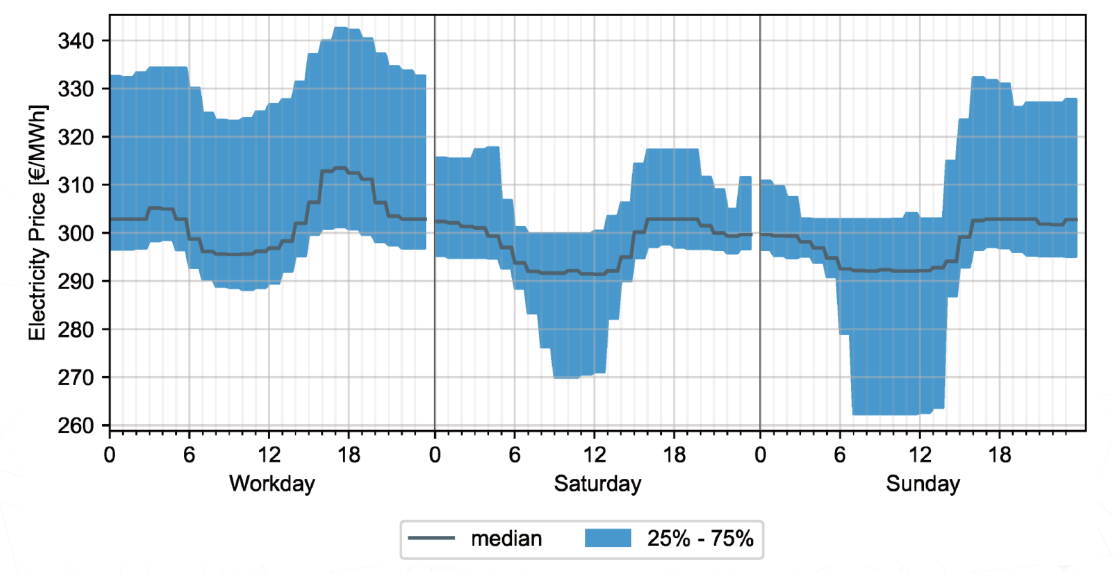
Getting The Most Out of Dynamic Tariffs Through SolisCloud
With dynamic tariffs becoming more common in some parts of the world, Solis offers smart energy management tools to help you get the most out of your energy system — whether you have solar panels, battery storage, an electric vehicle, or all the above.
Solis provides three smart strategies through its SolisCloud platform to help you manage when and how you use (or store) energy:
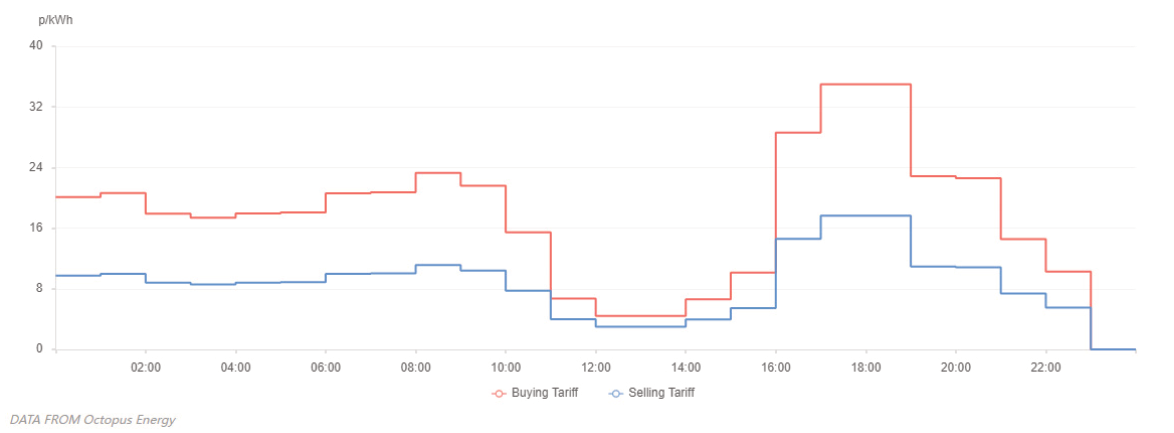
Dynamic Price Control – Let Solis Smart manager Do the Work:
SolisCloud connects to dynamic electricity pricing services and uses built-in Smart manager to automatically manage your battery. It learns your energy habits, takes weather forecasts into account, and charges or discharges your battery when it’s most cost-effective — all without you lifting a finger.
Perfect for: Busy homeowners who want to automate energy savings.
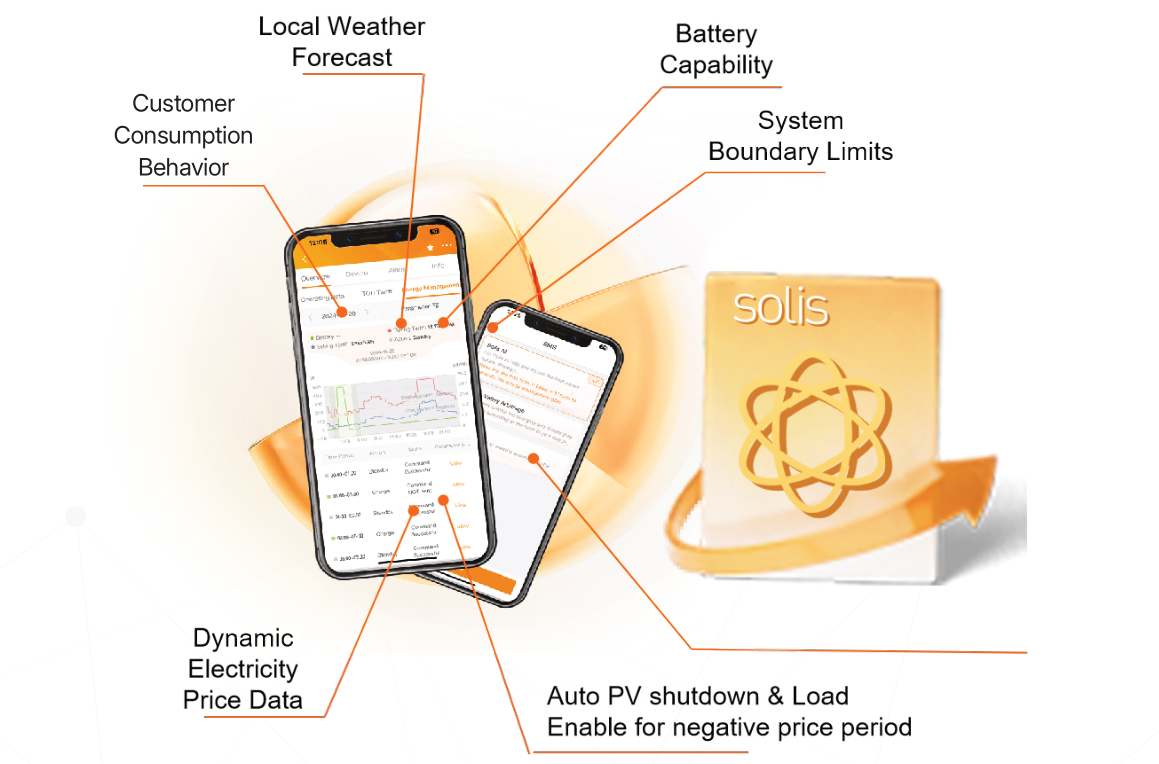
Customized Timed Plan: If you prefer a time-based schedule instead of price-based automation, Solis lets you set up your own custom plan. You can define when your battery should charge or discharge, or even shut down your PV system during periods of negative electricity prices to maximise grid usage.
Perfect for: Households with predictable energy routines, or those who prefer manual control.
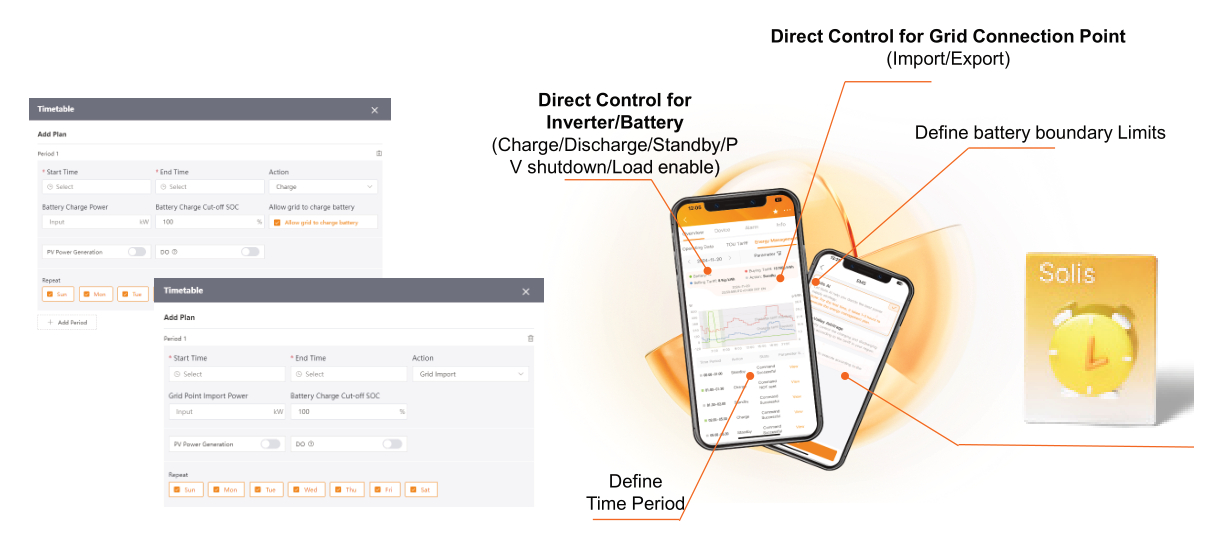
Customized Peak-Valley Arbitrage: For those with a deeper understanding of energy pricing, this strategy allows you to set specific thresholds for battery charging and discharging based on price variations. You have full control over how your system responds to energy costs.
Perfect for: Tech-savvy users who want to optimise every detSmart managerl.
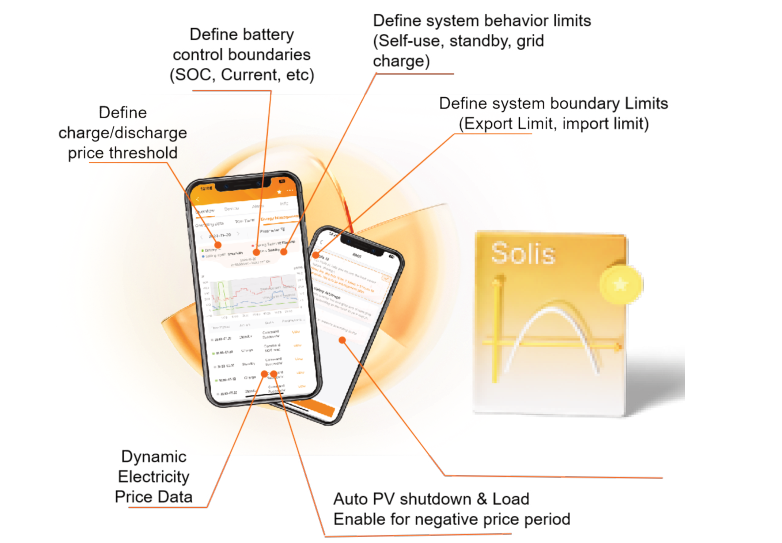
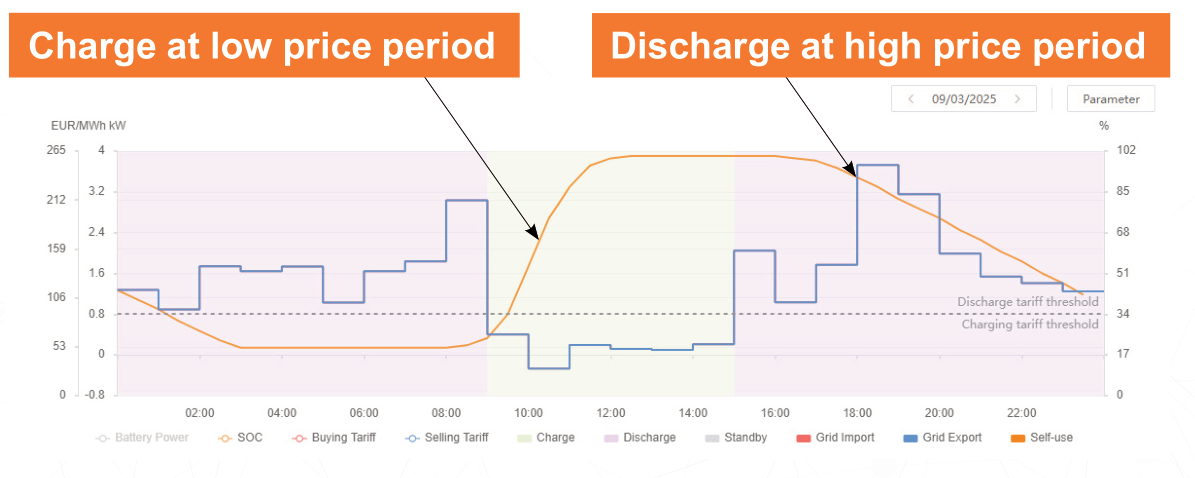
*Test site in Latvia
Orange Curve – Battery SOC
Dash line – Customized charge/discharge price threshold
Blue Curve – Dynamic price value
If you have some flexibility…
You might benefit most from the Customised Timed Plan. This is ideal for households that can manually shift the use of appliances like washing machines, EV chargers, or heat pumps to specific times of day. By planning energy use around lower-cost periods — such as midday or overnight — and combining this with solar and battery storage, you can reduce your electricity bills.
Yes, it might take a small change in habits and a bit of planning, but the potential savings make it worthwhile. Plus, seeing how energy prices vary throughout the day encourages more mindful energy use overall.
If you prefer to let technology do the work…
Go for Dynamic Price Control. This strategy automates everything — Solis Smart manager monitors electricity prices in real time and controls devices like batteries, EV chargers, and heat pumps to use energy exactly when it's cheapest. It’s a hands-free approach that delivers the highest possible savings from dynamic pricing, with zero manual input required.
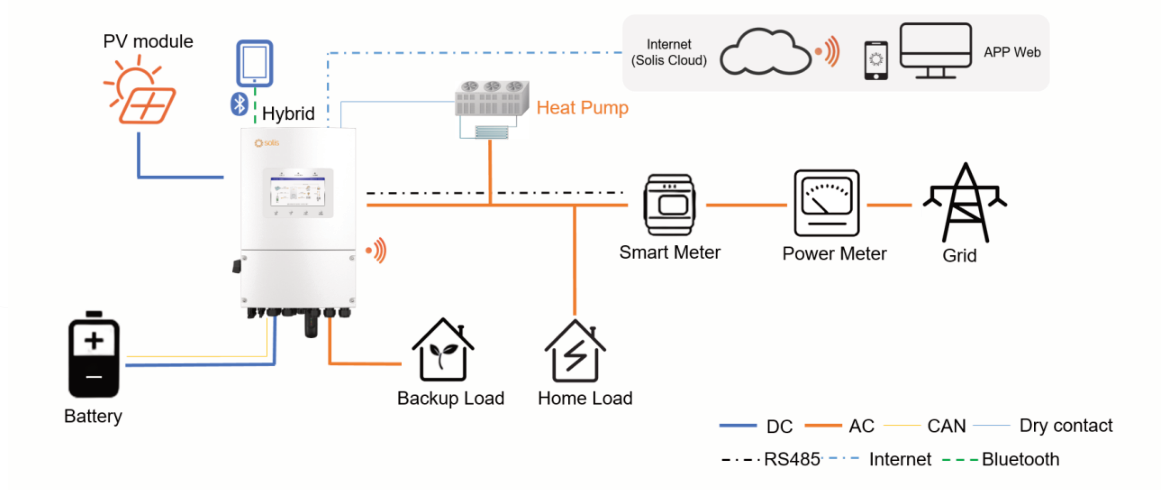
If your energy tariff has fixed peak and off-peak times…
The Customised Peak-Valley Arbitrage strategy is your best bet. By charging your battery or EV during low-cost (valley) hours and using that stored energy during expensive (peak) periods, you can maximise your energy efficiency and cut costs. This approach also opens up opportunities for “energy arbitrage” — buying low, using high — to further boost savings.
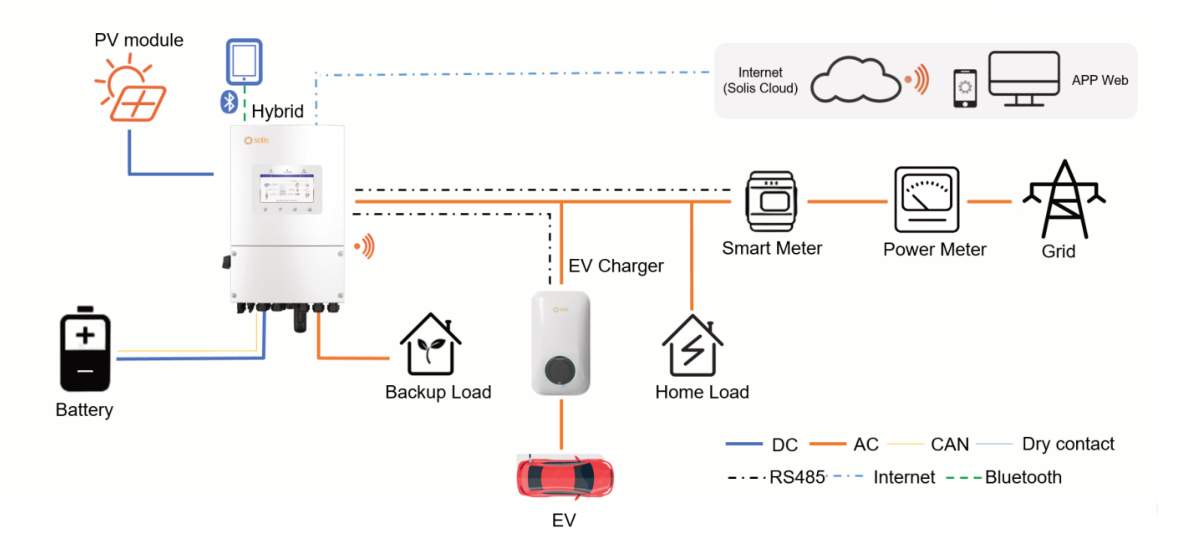
Conclusion
By syncing dynamic tariffs with Solis’ smart energy management, you can turn your home into a more active player in the energy ecosystem. It’s not just about using less — it’s about using better, storing when it’s cheap, and even selling when it's right.

 中国
中国
 India
India
 Việt nam
Việt nam
 Australia
Australia
 대한민국
대한민국
 پاکستان
پاکستان
 ประเทศไทย
ประเทศไทย
Filipino
 Malaysia
Malaysia
 Bangladesh
Bangladesh
 Sri Lanka
Sri Lanka
 Indonesia
Indonesia
 Узбекистан
Узбекистан
 Ireland
Ireland
 Česká republika
Česká republika
 Türkiye
Türkiye
 United Kingdom
United Kingdom
 France
France
 Deutschland
Deutschland
 Nederland
Nederland
 España
España
 Sverige
Sverige
 Italia
Italia
 Polska
Polska
 Україна
Україна
 Português
Português
 България
България
 Magyarország
Magyarország
 Lietuva
Lietuva
 Ελλάδα
Ελλάδα
 Suomen tasavalta
Suomen tasavalta
 United States
United States
 Canada
Canada
 México
México
 Brasil
Brasil
 República de Chile
República de Chile
 South Africa
South Africa
 المملكة العربية السعودية
المملكة العربية السعودية
 الجمهورية اللبنانية
الجمهورية اللبنانية
 امارات عربية متحدة
امارات عربية متحدة
 اليمن
اليمن
 المملكة الأردنّيّة الهاشميّة
المملكة الأردنّيّة الهاشميّة
 جمهورية مصر العربية
جمهورية مصر العربية
 la République Tunisienne
la République Tunisienne
 Kenya
Kenya
 Tanzania
Tanzania
 Nigeria
Nigeria
 Other Countries and Regions
Other Countries and Regions












